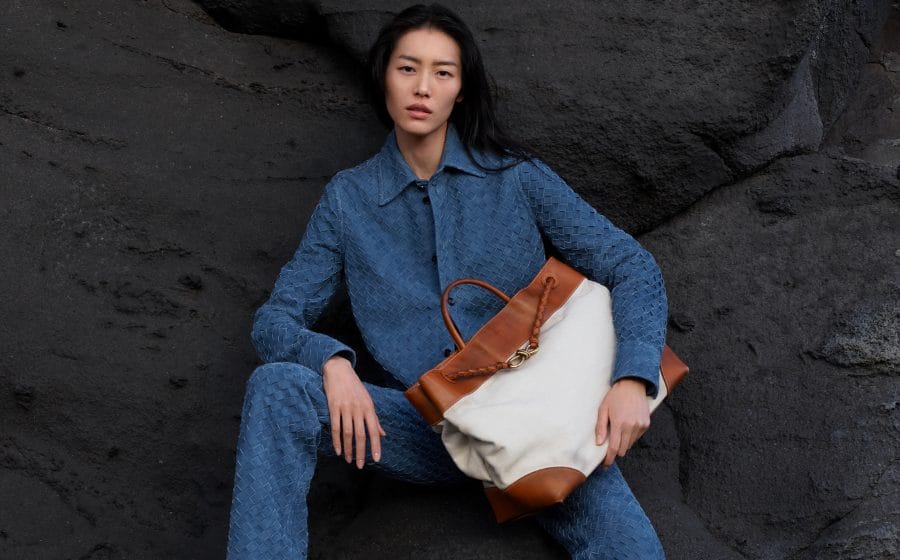


Victoria’s Secret is looking at Gen Z nuances for reinvention, and not everyone has agreed with it. With a reboot that includes realistically wearable and inclusive lingerie, we ask: what could possibly go wrong when you lean into today’s youth?
When Victoria’s Secret, the number one lingerie brand in the world, announced a comeback fashion show after a 5-year hiatus, the internet was dumbfounded at the return of the “Angels.” It was a valid response, considering that the brand had formerly paused its activity when ghastly scandals called into question its image and very existence. Once recognised widely for its supermodel-approved risqué inventiveness of feminine wear, its demise came into full effect when the brand became inseparably tied to allegations of harassment and cultural appropriation. It had never held its infamous fashion spectacles since — the number of viewers dwindled from 10 million in 2010 to just shy of three million in 2018.
Summoning the Angels back in 2023 could only mean one thing: they were finally ready to tackle their predicament. But how do you back-pedal an already broken image and make it worth brooding about? Unexpectedly, they chose to lean in on today’s youth for its reinvention — replacing its state of déshabillé for Tiktok-approved outfits and models. On show day, the brand revealed the retirement of their signature Angels. Gone were the push-up bras and panties, and taking their place was the VS Collective — a group of women with commendable accomplishments and notably diverse body types. Even its infamous runway was scrubbed, replaced by a film filled with models who look just like anyone on the streets. The Angels we have come to love, and hate have vanished.
Did it work? No. At least not from the responses that we could gather. “Nah,” reads the most-liked comment on a recent Instagram post, followed by several prompts to “bring the real Angels back.” Or it was The Cut that first sparked an internet frenzy with its “The Victoria’s Secret Show Could’ve Been an Email” headline. It is worth mentioning that what triggered the disappointment had nothing to do with its woeful predicament nor the fact that Rihanna had already staked her claim as the rightful heir to the genre. Instead, the hysteria it accrued traces back to its choice of Angels, who were gentrified this time for a Gen Z appeal. But what harm could a casting comprised of social media maven Julia Fox, nepo-influencer Amelia Gray, or plus-size model Paloma Elsesser even do?
The change brewing across fashion throws out everything millennials have learned to accept in the past.
While the impression the brand had hoped for was made, it also got lost to its native audience of millennials. “Vulgar” may be their preliminary assumptions of the brand — coyed by its decadence stretching over two decades, where provocation was its most profitable factor. But ask the youth what they think of its new look, and they will ascertain a degree of nonchalance nostalgically referenced by the internet era. The new Victoria’s Secret is realistically wearable and inclusive — who would dare choose not to reap the benefits of imbuing a bit of sensitivity? Only this time, the change brewing across fashion throws out everything millennials have learned to accept in the past.
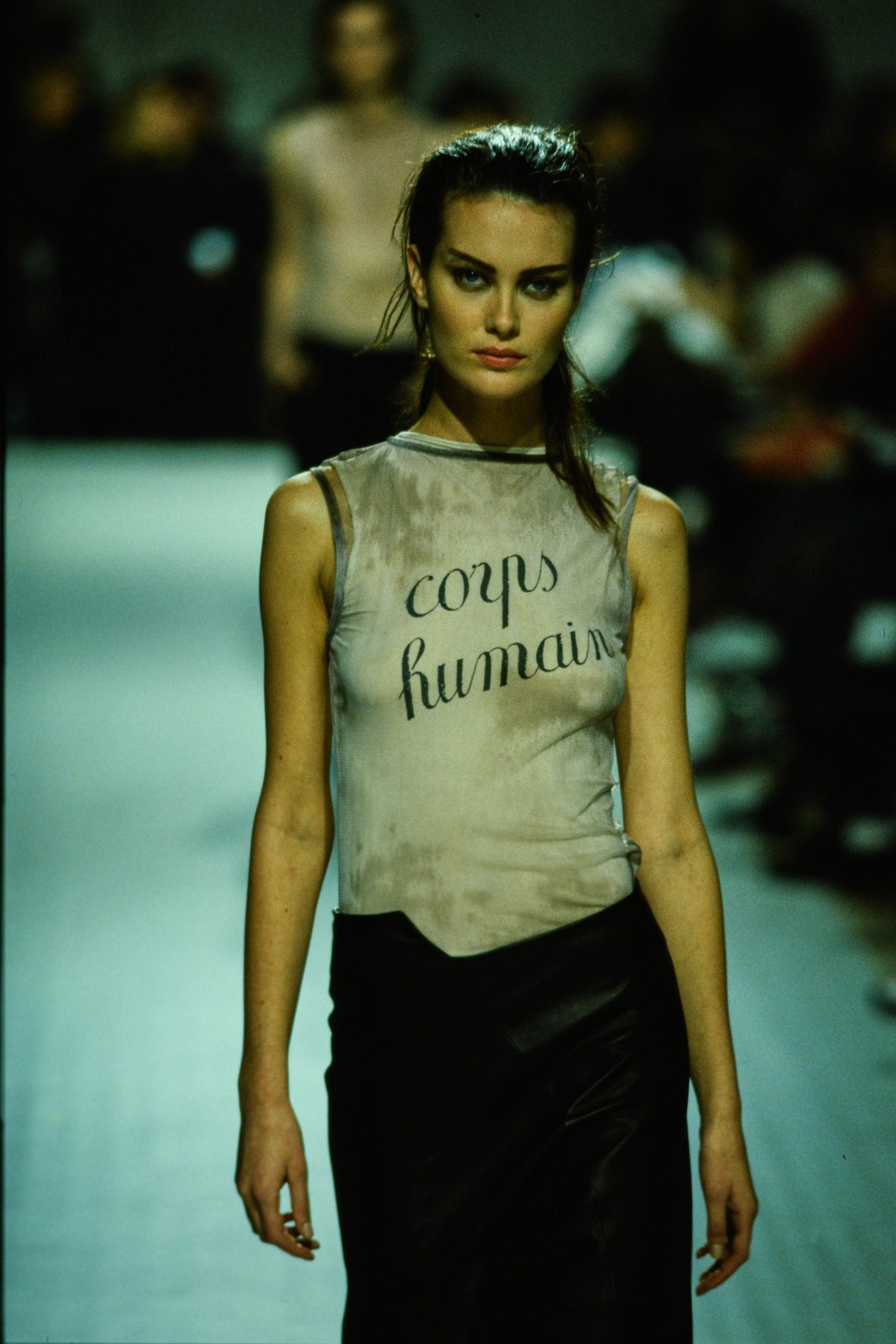



Millennials spent most of their youth at the peak of archetypal beauty standards when it was cool to be unhealthily waist-sized thin with impossible-to-achieve bodily features. Even as they embraced an era where pre-conceived taboos were gradually getting accepted, there is no doubt that the way ideals were sold to consumers back then and now have completely shifted. The industry has nurtured Gen Zs to become more averse to such toxic trends after providing a level of self-reflection. As for millennials, it may be hard to adapt: imagine asking an entire generation to put to rest the ideals, while unhealthy, they have learnt to idolise — no one enjoys having years of hard work thrown out overnight.
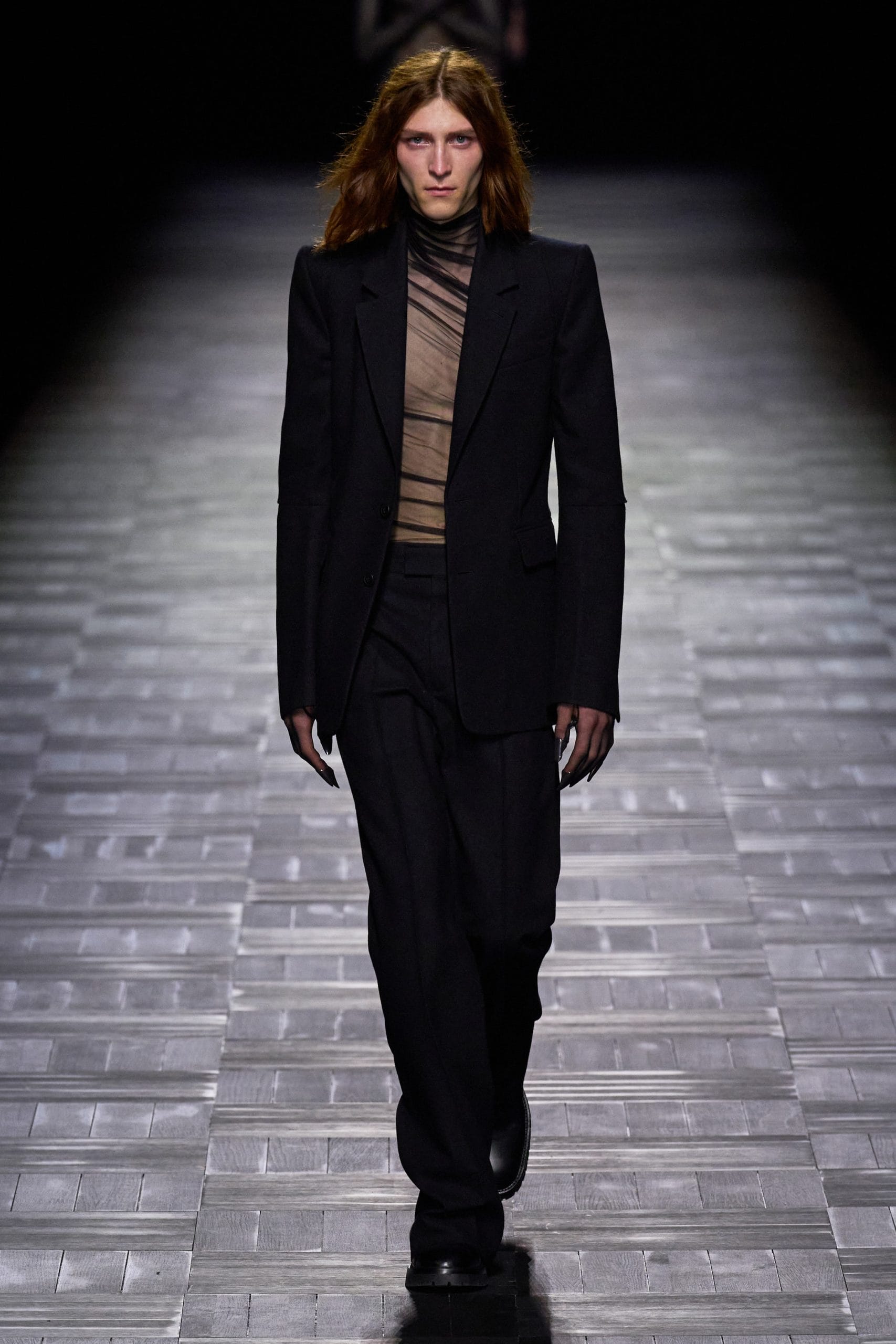

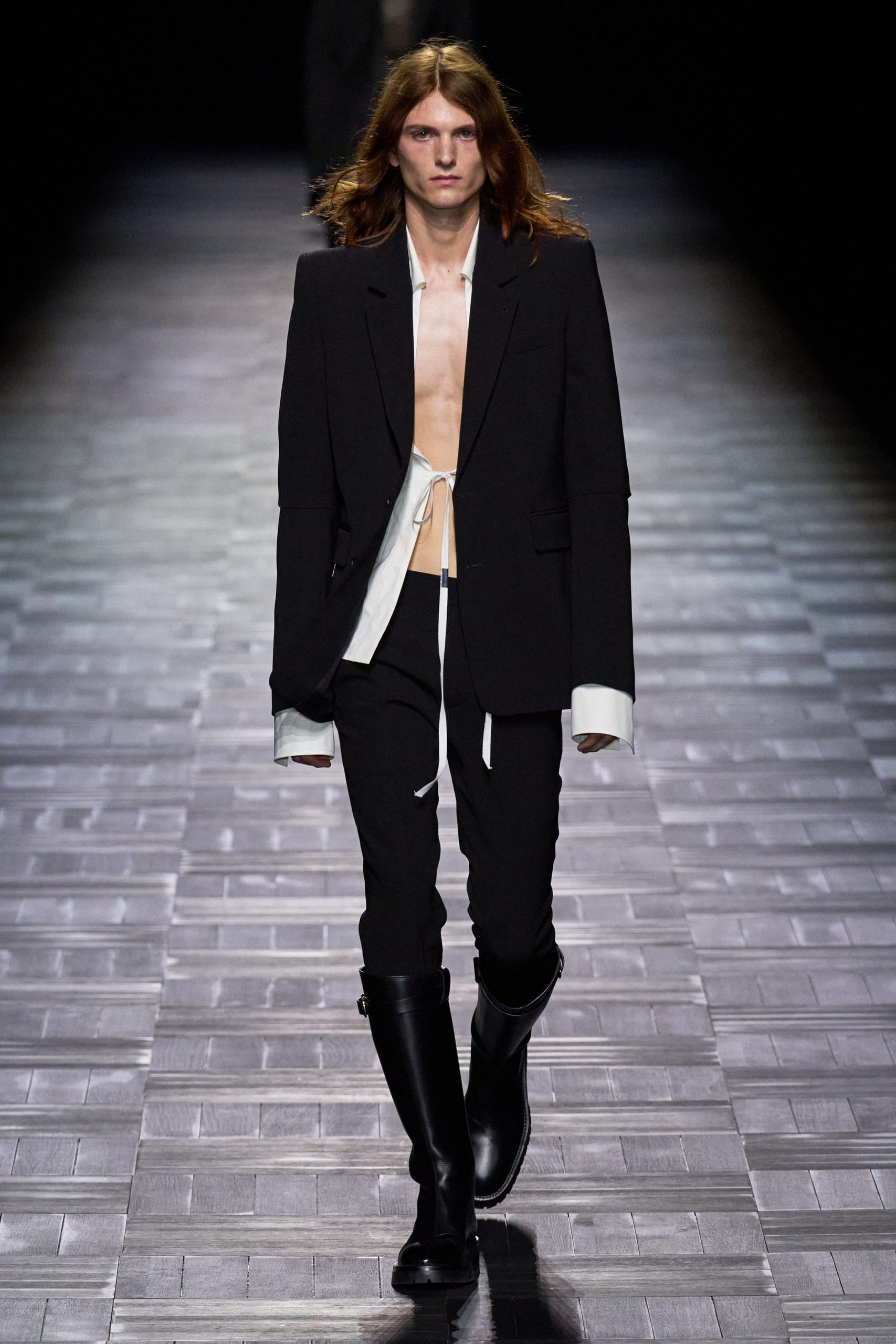

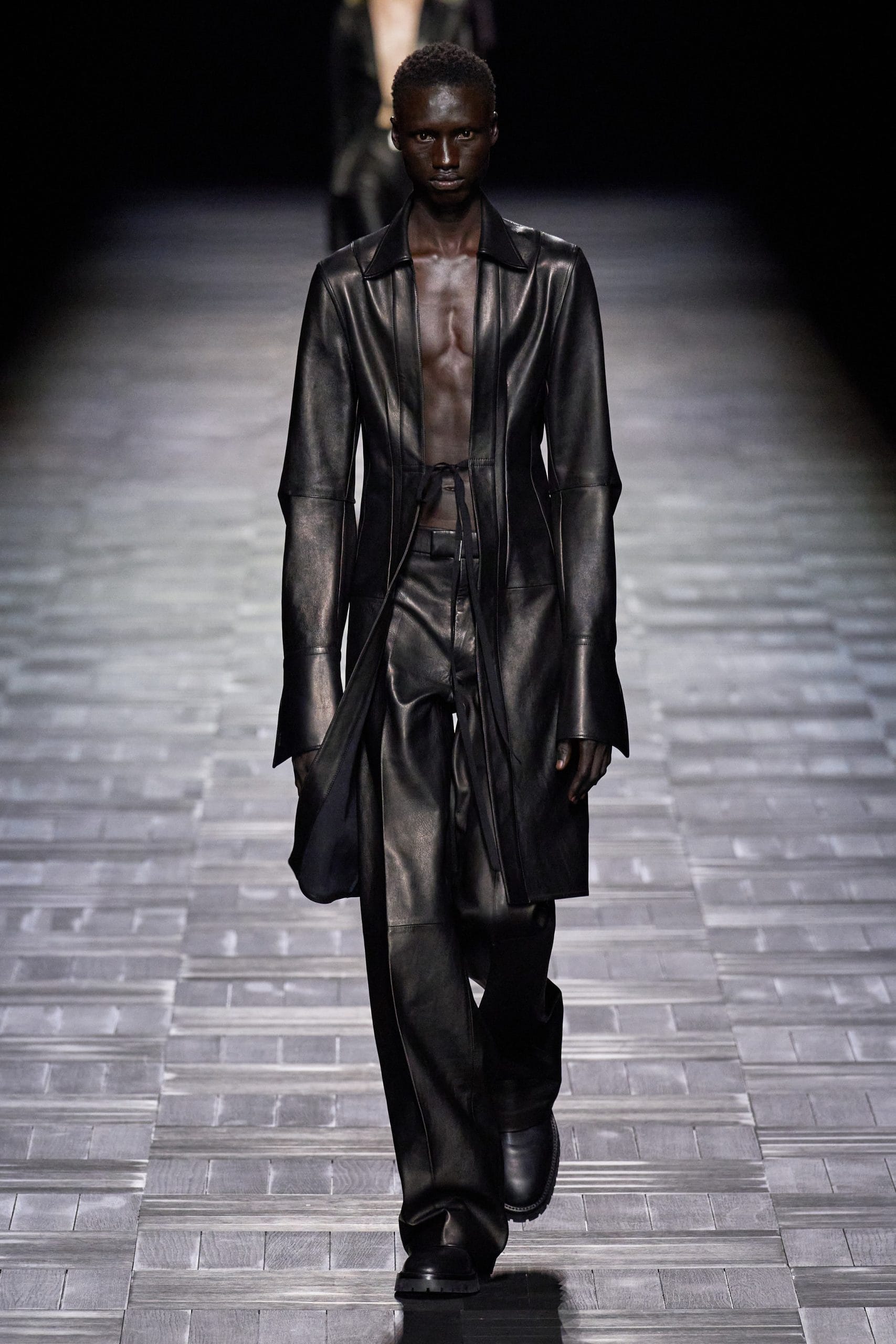
But the Angels were not an isolated incident either. Ludovic de Saint Sernin — a young rise in the industry whose eponymous label established the look du jour of this generation by referencing seduction cues of the 2000s way ahead of the Y2K revival — was called into question by both the press and the public for his creative directorial debut at Ann Demeulemeester. Where the purging of the indelicate drew negative criticisms for Victoria’s Secret, it was its inclusion in the Fall/Winter ’23 collection that set reactions through the roof. Likewise, Gen Zs advocated for Saint Sernin’s take on Ann Demeulemeester, while millennials — who would have lived through some of the label’s best days as a teen — disagreed. The backlash ensued, and eventually, Saint Sernin resigned from his position after one season.
The disappearance of their influence amongst the new blood of designers foretells another harsh truth: they are no longer the target audience.

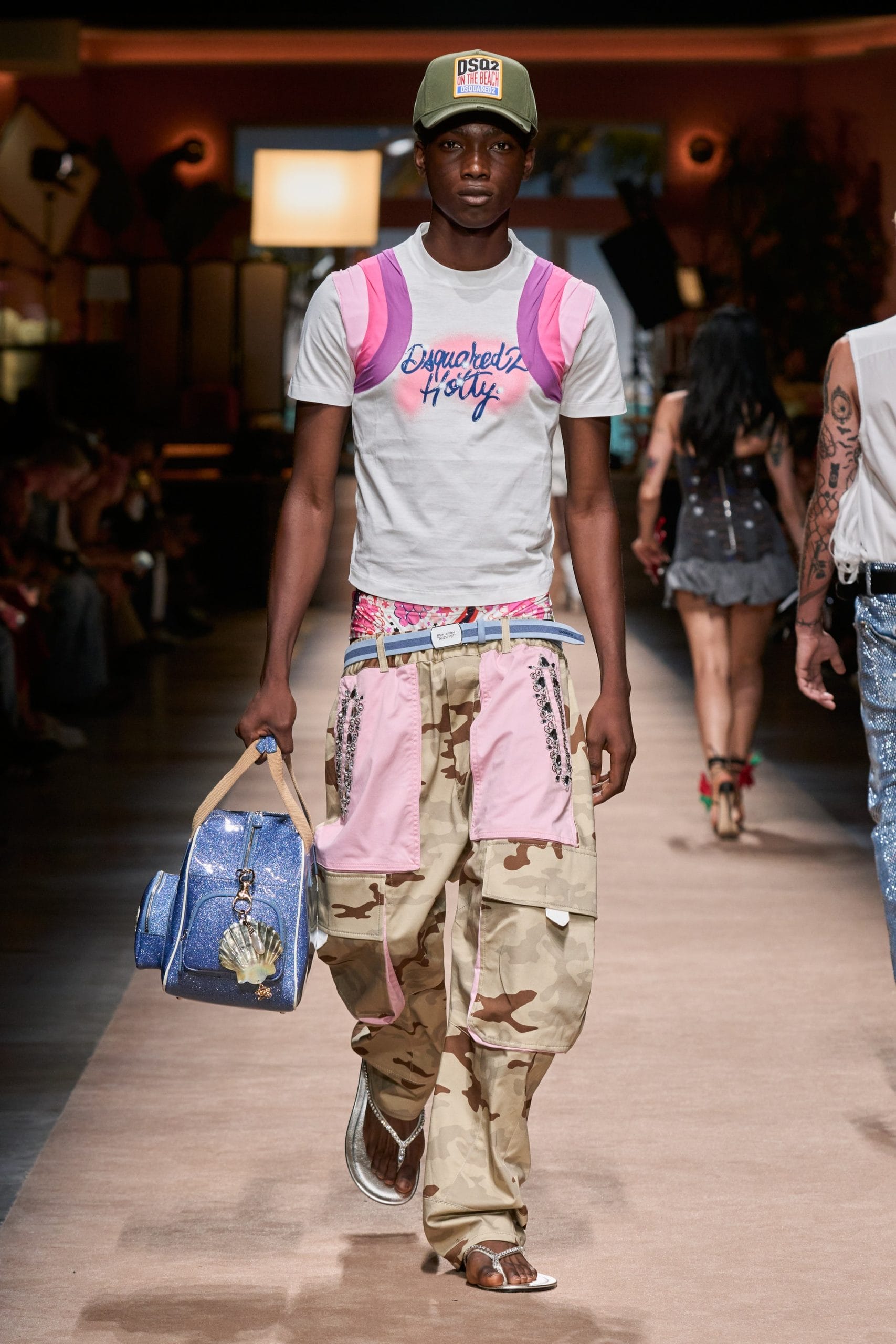
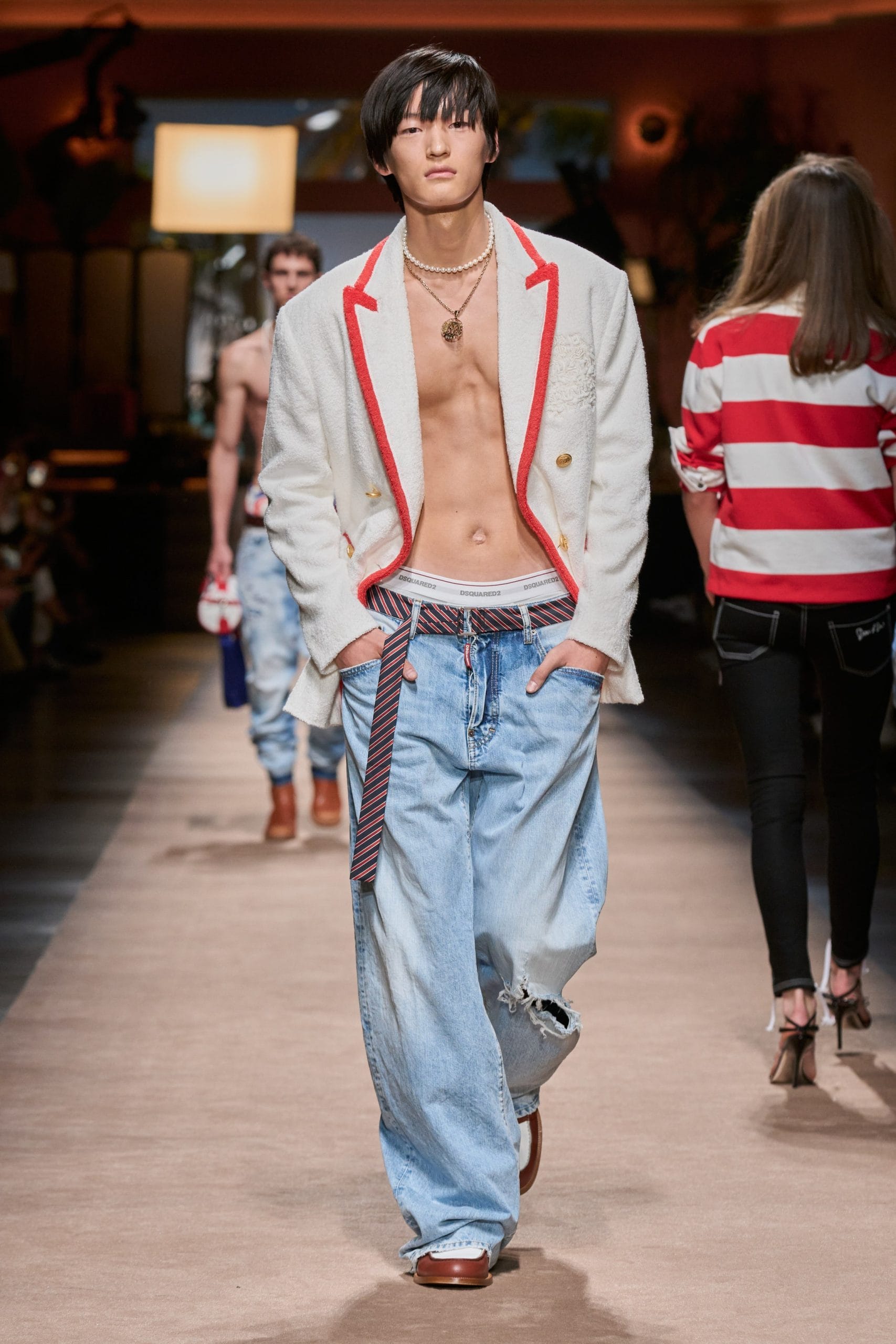
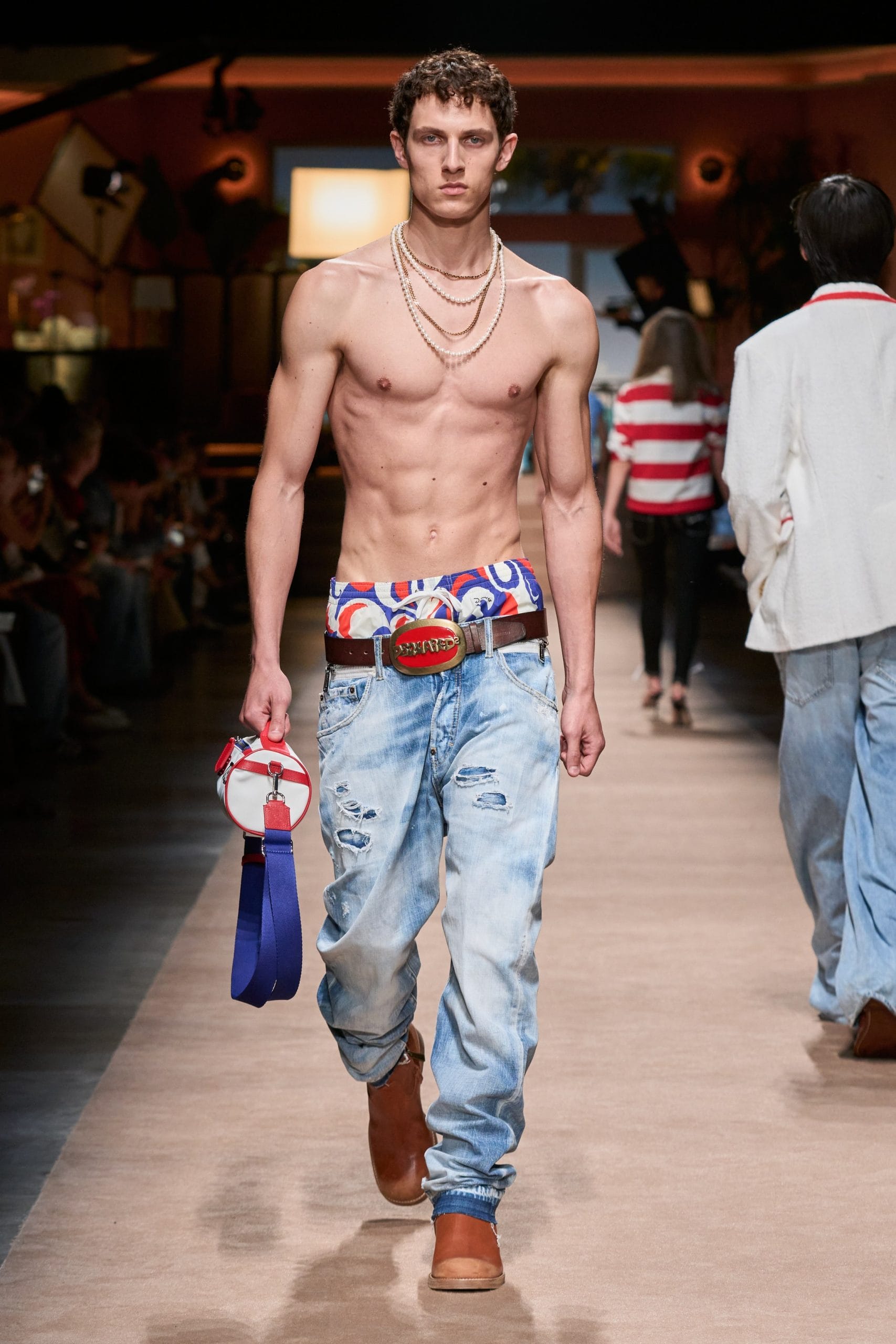
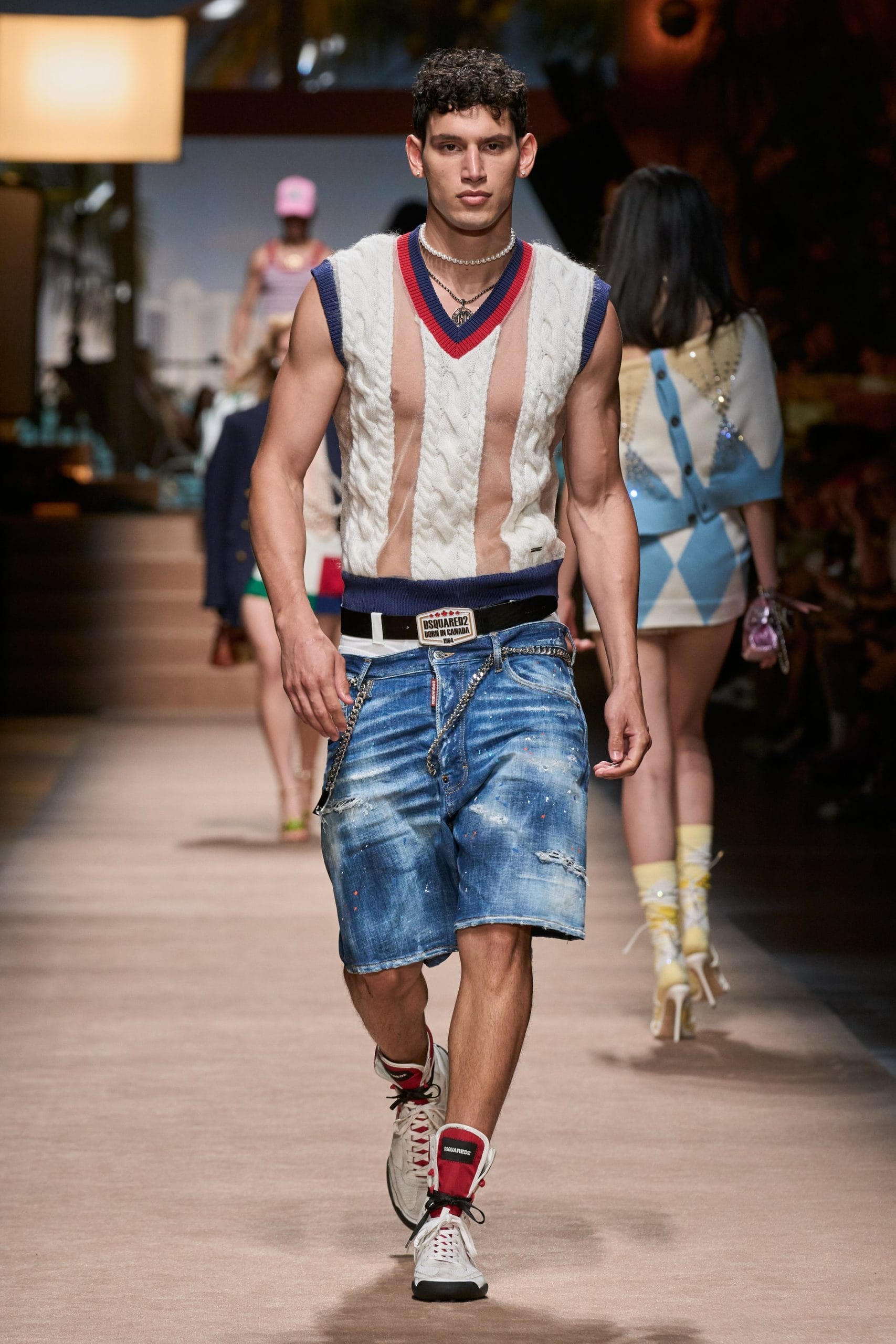
Change has not always worked out for all major brand resuscitations. But it is more apparent when it involves putting to rest the things millennials may already hold in higher regard. For the longest time, fashion has their eyes peeled for what the youths may deem interesting. Trends arise from the music they listen to, and influencers are born of the people they idolise. Therefore, for an industry that is obsessively on the nose for what is “in” within teen interests, it would make sense to think that the young has all its answers. In the end, the disappearance of their influence amongst the new blood of designers foretells another harsh truth: they are no longer the target audience.
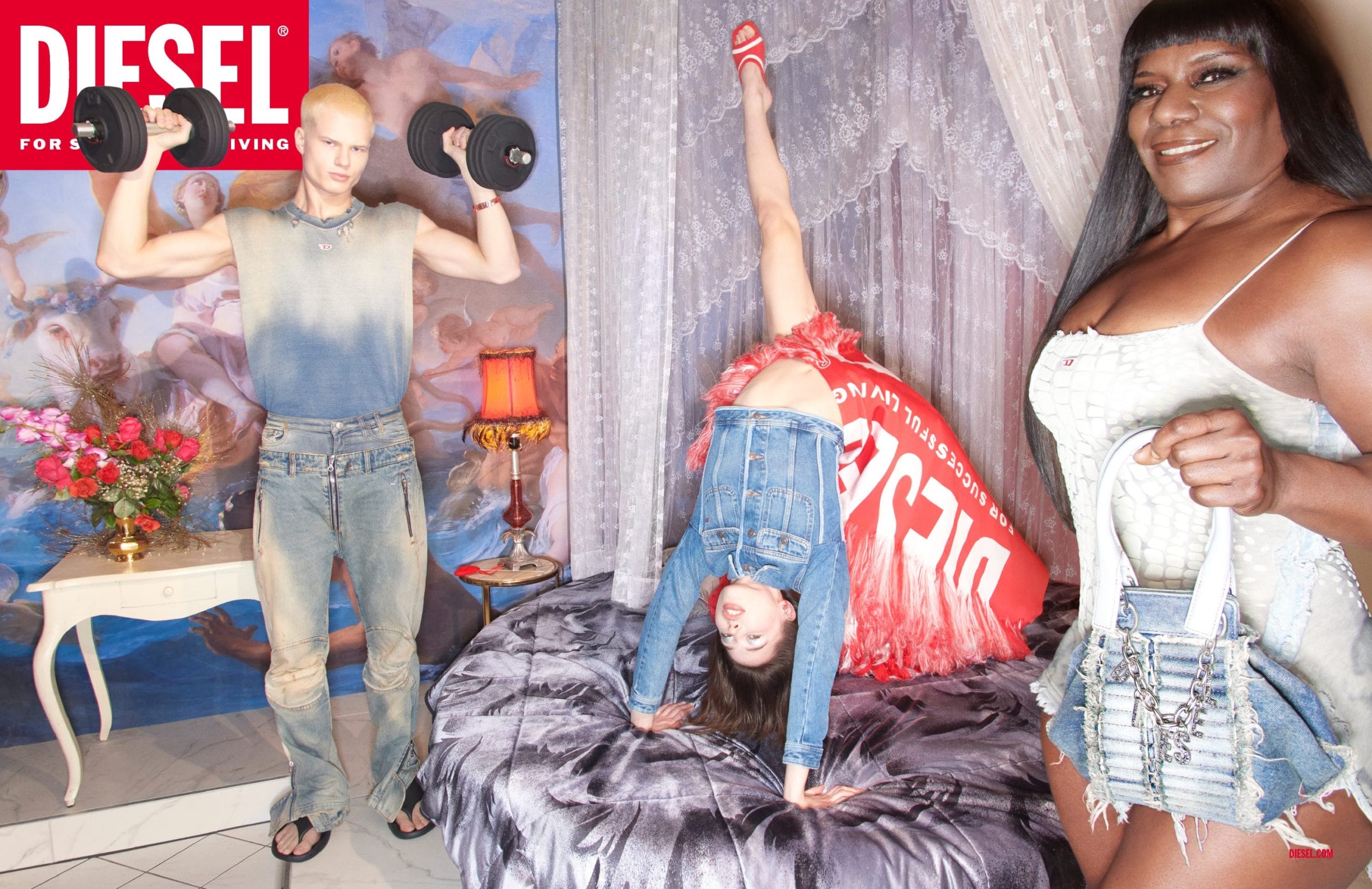

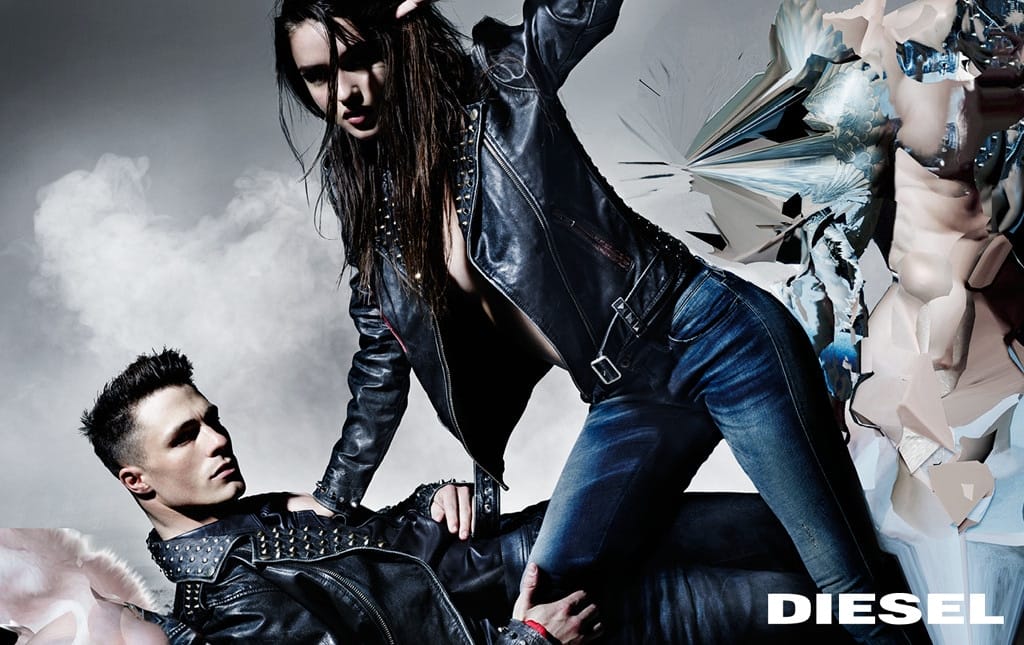
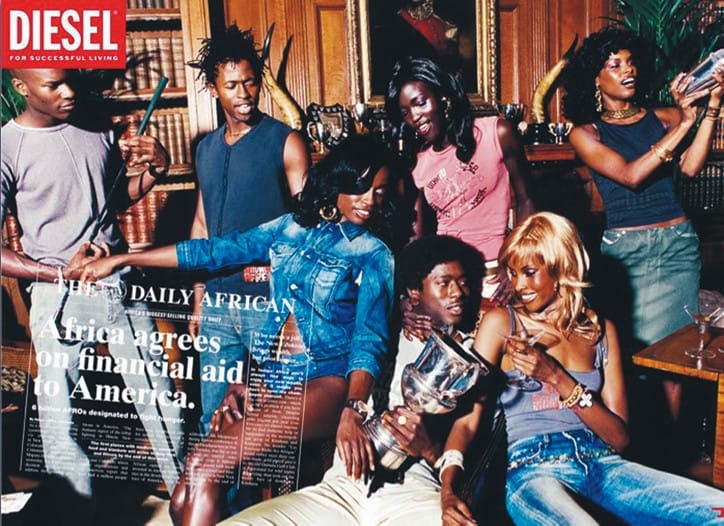
“Your skinny jeans are trash”, “your emojis are outdated” — there is no pleasurable side to being labelled as passé even before you hit your 40s. The world, which once looked towards millennials for inspiration, has moved on. However, that is not to say that they no longer have a voice in fashion. Just look at Diesel and Dsquared2 — both prime examples of brands whose reputation diminished over time but flourishingly revived to appeal to multiple generational factions. It comes bundled with all the elements of surprise and sensuality that excite Gen Zs and just enough nostalgia to include millennials as part of the conversation. After all, no one enjoys being the neglected one in the clique.
What occurred at Victoria’s Secret and Ann Demeulemeester is a modern occurrence of every generation’s plight when the guards of voices have changed. It can be brutal — the message it warrants is as though to insist that any attempts to summon the desires of the young is a terrible decision. Maybe the mistake both brands made was their inclination to appeal to just one side, giving no chance for older audiences to feel like they can still partake in fashion’s most thrilling moments. But given the inevitability that things pass, perhaps there is no more millennials can do to add to the table but observe. Besides, they were once allowed to be the change. Now is the time to let the youth have theirs as well.
Once you’re done with this story, click here to catch up with our October 2023 issue.
RELATED ARTICLES


